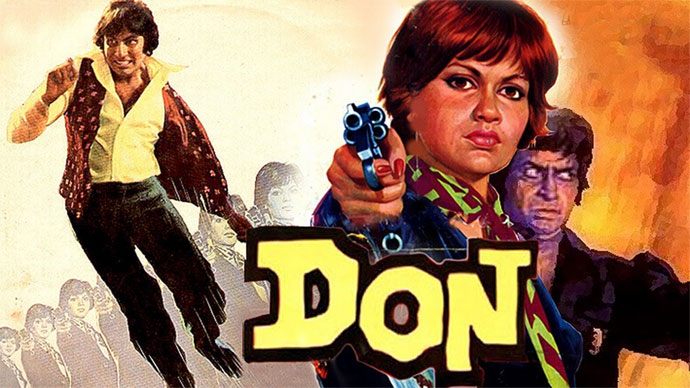Return of Bollywood’s poster boys

Trust the Mallus, with their current dry state, to make it large. At 51,598.21sqft, Baahubali didn’t just break the box office with a collection of Rs 375-crore, or just another Guinness record, it single-handedly gave the flailing Bollywood poster some lost honour. Made by 30 men over three days and bravely housed in a field in the face of Kerala’s monsoons, the marketing-gone-godzilla operation, made SS Rajamouli's Eega, or the Fly, a zany visual impact killer story, seem positively ointmentish. More than that, it demolishes the demarcation between content and marketing – you know, the filmmaker who is always shrugging off how his film may sell or be sold as something he is not concerned with directly - and marks Rajamouli as a genius straddling both worlds. It also not-so-quietly demolishes the myth that the director may not tower over an actor in a film. The poster today is making a comeback as the director’s calling card.
There is a reason why the most iconic Indian poster, of Nargis Dutt and Raj Kapoor in Barsaat, became RK Studio’s logo. Because more than a teaser does today, with all its talking, the poster was a concentration on one single image that told of the director’s sentiment about his own film. Which is why when Bombay Velvet bombed, the posters that Anurag Kashyap had rejected - when they circulated, and the ones that did make it - spoke volumes of what he didn’t want his film to say. One spoke a distinct Gone With the Wind tongue, another spoke heavily of Scarface. The eventual poster which surfaced tellingly put the razzle dazzle in the backdrop and concealed Ranbir Kapoor’s face.
 |
On July 28, the online auction house StoryLTD, a weekly pop subsidiary of SaffronArt with a focus on objects with stories to tell, will be holding a 24-hour no-reserve auction for cinematic memorabilia amongst which are around 55 vintage posters; Shashi Kapoor and Amitabh Bachchan in Yash Chopra’s Deewar probably being the most iconic of the lot. While dying cinematically, the poster lived on in art. Honing an MF Husain, emerging in the works of N Pushpamala, and being a medium of practice and inspiration – Rajesh Khanna in Aradhana – for artist Atul Dodiya whose Sholay-inspired Gabbar on Gambooge is part of Saptapadi, 2006 – Dodiya raises cinema to become a motif as iconic as his obsession with Gandhi. Contemporary art held on to the words of a voice cinema consigned to cacophony.
 |
Nargis remains emblematic of cinematic memory less because she is wild child Sanjay Dutt’s mother or Raj Kapoor’s muse, and more because she spoke the film for the director every time. On Mother India as much as Awara. Sridevi against a rose on Chandni spoke of a Yash Chopra strain, the one that lingers today, as much as Deewar once did. Don is remembered for many things. But Chandra Barot is today remembered mainly for Don. You know which one, by the poster that comes to mind. The Guide poster birthed Dev Anand’s wrapped-in-chaddar angst. It is all that you will ever need to know of the subtext of the film, never mind what the critics saw and wrote. Vijay Anand, whose Johnny Mera Naam and Kala Bazar set the tone for noir before they hit the screens. And Guru Dutt’s romance and loss of hope are writ large on his calling cards. It was a director’s era because the director chose his motif. His was the final word. And it was on his poster.
 |
Today in the actor-fuelled cinemaverse of star budgets and publicity, the director has become largely incidental to the film. In the past two decades, it is Ashutosh Gowariker in Lagaan, and in Swades, who bent the actor to the will of the film. The signature is writ large on the posters - Lagaan, Oscar-worthily iconic and Swades, a side of Shah Rukh Khan we have never seen before or since. Indeed, Shah Rukh’s milestones, irrespective of the story his box office success may tell you, will be measured by three posters: Swades, Chak De and Raees. The only films, most likely, in which his film was allowed to be bigger than him as actor.
What Baahubali has done for the director is to simply give him his voice back.

